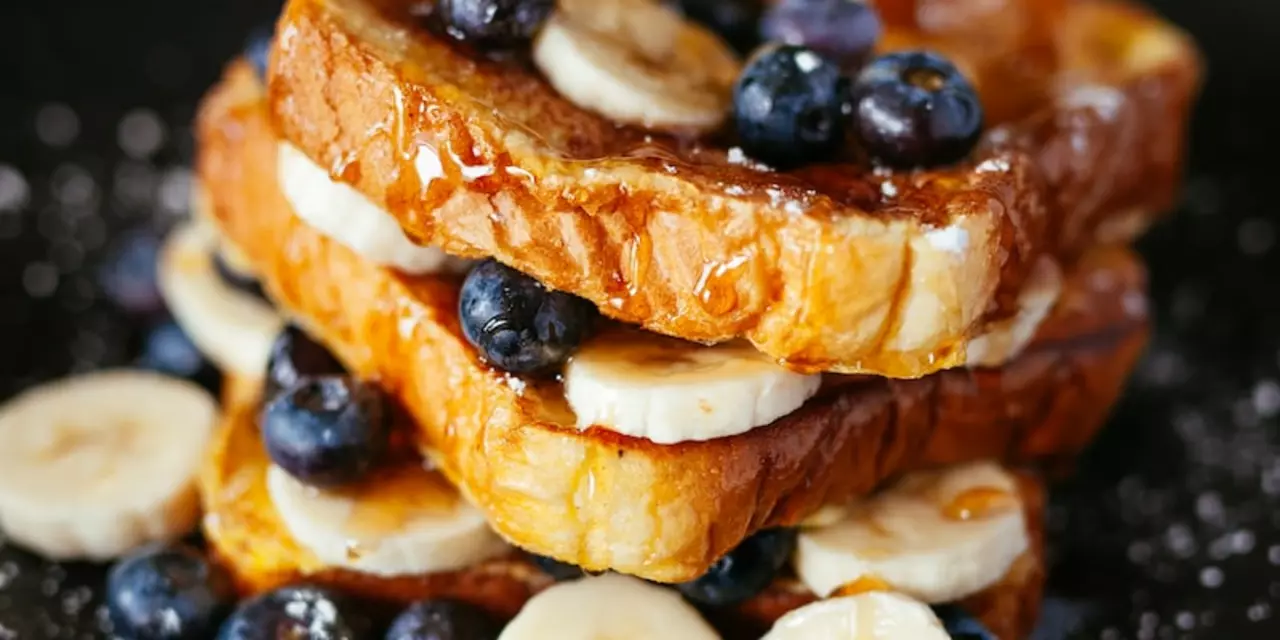Indian Cuisine: A Quick Guide to Flavors and Cooking Basics
If you’re curious about why Indian food feels so vibrant, you’re in the right spot. The secret lies in a mix of spices, fresh ingredients, and cooking methods that vary from north to south. In this guide we’ll break down the core ideas, show you the most common dishes, and give you a few easy steps to start cooking Indian meals at home.
What Makes Indian Food Unique
First off, Indian cuisine is built around spices. Things like cumin, coriander, turmeric, and garam masala aren’t just flavor boosters – they also add aroma and, in many cases, health benefits. Most recipes call for a spice blend called “tadka” or “tempering,” where you heat oil and toss in whole spices to release their oils before mixing them into the dish.
Second, regional differences matter. In the north you’ll find wheat‑based breads like roti and naan, creamy gravies, and dishes with dairy like paneer and ghee. Down south, rice dominates, coconut is common, and you’ll see more tangy, fermented flavors such as in dosa or idli. The east loves mustard seeds and poppy seeds, while the west enjoys a sweet‑sour balance in dishes like dhokla.
Third, cooking methods are varied but simple. Frying, steaming, grilling, and slow simmering are all used often. A staple technique is “bhunao,” where you cook onions, tomatoes, and spices together until the mixture darkens and the flavors meld. Mastering this step gives you a solid base for many curries.
Getting Started with Indian Cooking
Don’t feel pressured to buy every exotic spice at once. Start with a basic pantry: cumin seeds, coriander powder, turmeric, red chili powder, and garam masala. A good quality oil (vegetable or mustard) and a few fresh items like ginger, garlic, and onions are enough to whip up a simple dal or vegetable curry.
Pick a beginner‑friendly recipe. A classic “Aloo Gobi” (potato and cauliflower) needs only potatoes, cauliflower, tomatoes, and the basics we just listed. sauté the spices, add the veggies, cover, and let it simmer. You’ll see how the spices coat the vegetables and create that signature Indian taste.
When you feel comfortable, experiment with a protein. Chickpeas (chana) or lentils (dal) are affordable and take on flavors well. For meat lovers, a quick “Chicken Tikka Masala” can be made by marinating chicken in yogurt and spices, then grilling and adding it to a tomato‑onion gravy.
Remember to taste as you go. Indian cooking is all about balance – a pinch of salt, a dash of sugar, a squeeze of lemon can turn a bland sauce into something lively. If a dish feels too hot, a spoonful of yogurt or a splash of cream can mellow it out.
Finally, serve your food the right way. Fresh cilantro, a wedge of lemon, and a side of plain rice or flatbread round out the meal. You’ll notice how the simple sides let the complex flavors shine.
With these basics, you’ve got a solid foundation to explore the vast world of Indian cuisine. Try a new regional dish each week, swap out spices, and soon you’ll be confident enough to create your own flavor combos. Happy cooking!
